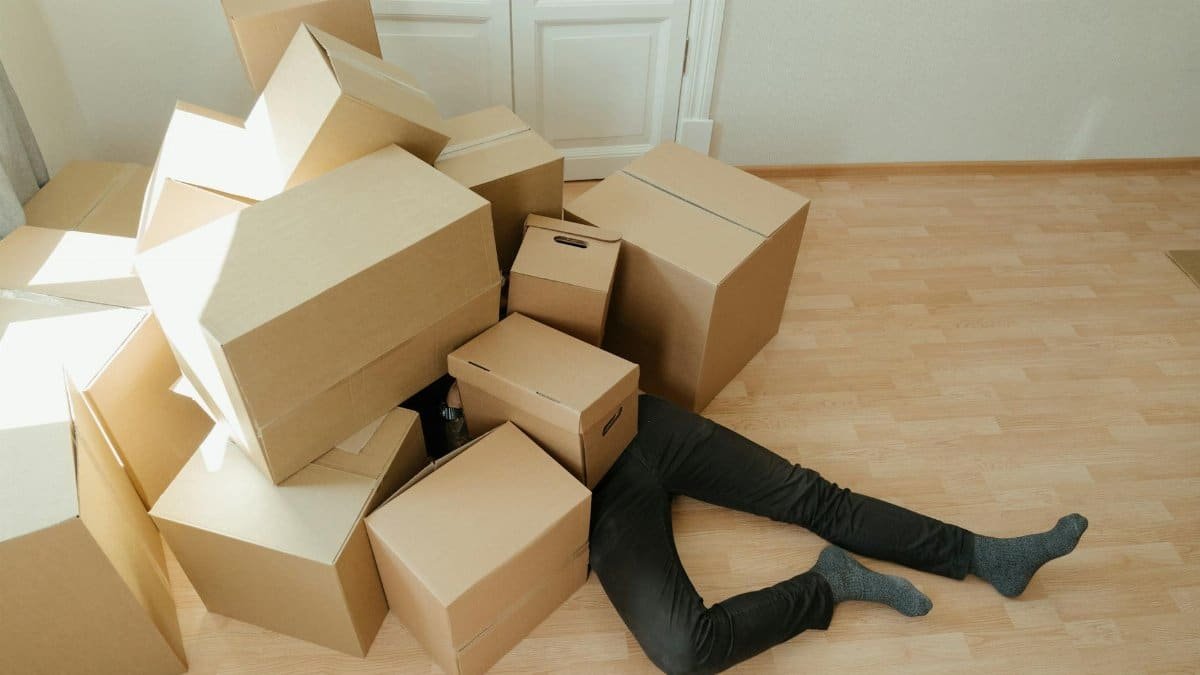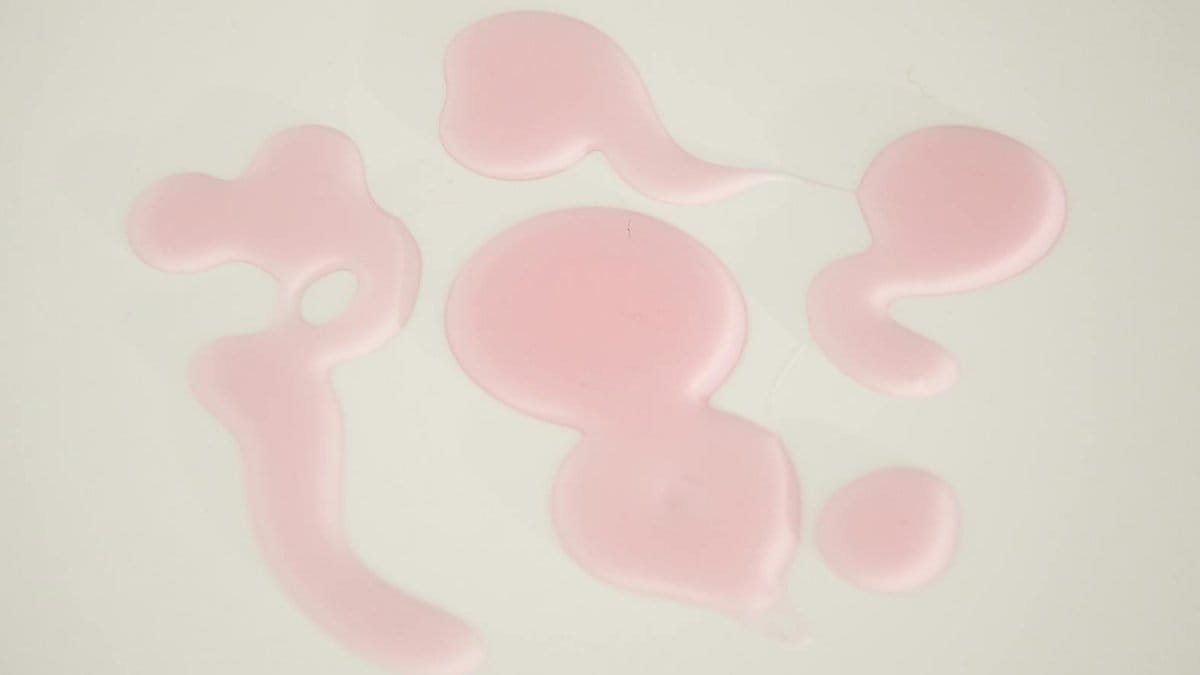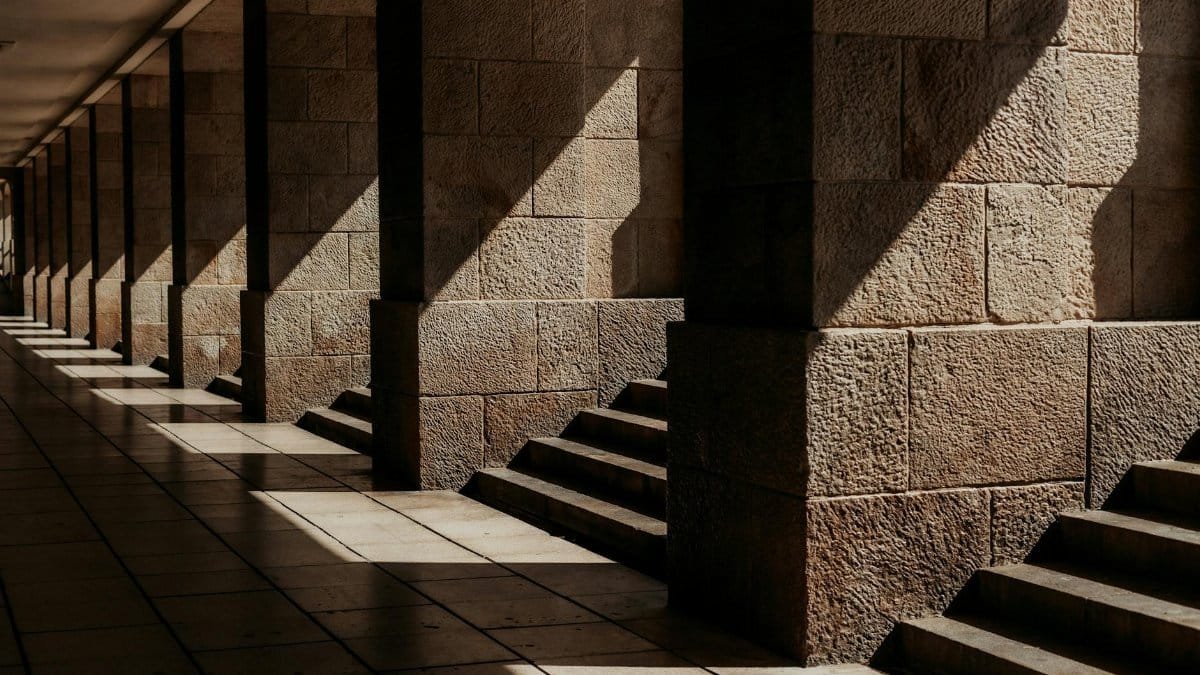Your home might be your worst enemy. A growing body of research highlights the overdecorated homes focus warning, suggesting that overly cluttered or visually busy spaces can shatter concentration and spike stress levels. From excessive knick-knacks to chaotic wall art, the trend of “more is more” is backfiring. Experts now warn that this aesthetic overload isn’t just an eyesore—it’s a mental health hazard. As Americans rethink their living spaces in 2025, the push for simplicity is gaining traction. But why exactly are overdecorated homes such a problem, and how can you fix it?
The Science Behind Visual Overload

Studies show that too much visual stimuli can overwhelm the brain. A 2011 study from Princeton University found that clutter competes for attention, reducing focus and increasing anxiety. When your home is packed with decor, your mind struggles to filter out the noise. The result? Mental fatigue and poor productivity. Researchers noted that participants in cluttered environments performed worse on cognitive tasks compared to those in minimalist spaces. Check out the findings directly from Princeton University.
Stress Spikes in Busy Spaces

Overdecorated homes don’t just distract—they stress you out. A 2020 UCLA study revealed that people in cluttered environments had higher cortisol levels, a key stress hormone. Women, in particular, reported feeling overwhelmed by excessive items and decor. The constant visual reminders of “stuff” can mimic the chaos of an overpacked schedule. For more on this, see the research at UCLA Newsroom.
The Productivity Killer

Can’t get work done at home? Blame the decor. When every corner screams for attention with bold patterns or stacked trinkets, your brain can’t settle. Experts say that a workspace surrounded by excessive decoration slashes efficiency. The overdecorated homes focus warning isn’t just a theory—it’s a daily reality for remote workers struggling to stay on task in visually noisy environments. Simplifying your surroundings could be the key to reclaiming your workflow.
Social Media’s Role in Overdecoration

Instagram and Pinterest have fueled the urge to overdecorate. Endless feeds of “perfect” homes push people to layer on more—more pillows, more wall hangings, more everything. But this trend often ignores function for aesthetics. Interior designers warn that chasing viral looks can create spaces that feel suffocating rather than inspiring. The pressure to curate a picture-perfect home in 2025 is real, but it’s time to prioritize mental clarity over likes.
Children and Clutter Chaos

Kids aren’t immune to the effects of overdecorated spaces. Bright, toy-strewn rooms with too many decorations can overstimulate young minds, leading to irritability and poor focus. Child psychologists note that a calmer environment helps with behavior and learning. Parents might think more decor equals a happier space, but the opposite is often true. Cutting back on visual clutter could create a more peaceful home for everyone.
Health Impacts Beyond the Mind

It’s not just mental health at stake. Overdecorated homes can trap dust and allergens, worsening respiratory issues. Excessive items make cleaning harder, leading to unhygienic conditions over time. Health experts point out that minimalist spaces are easier to maintain, reducing risks of mold or pest issues. A cluttered, overdone home might look cozy, but it could quietly harm your physical well-being.
How to Spot an Overdecorated Space

Think your home might be too much? Look for signs: surfaces covered with items, walls with no blank space, or rooms that feel cramped despite their size. If you’re constantly moving things to “make space,” that’s a red flag. The overdecorated homes focus warning starts with recognizing the problem. Take a hard look—does every item serve a purpose, or is it just filling a void?
Steps to Declutter and Refocus

Ready to fight back? Start small. Remove decor from one room and see how it feels after a week. Keep only items that bring joy or utility—ditch the rest. Use neutral colors to calm the eye, and limit statement pieces to one per space. Designers suggest a “less is more” mantra for 2025 home trends. It’s not about stripping your personality; it’s about creating room to breathe.
